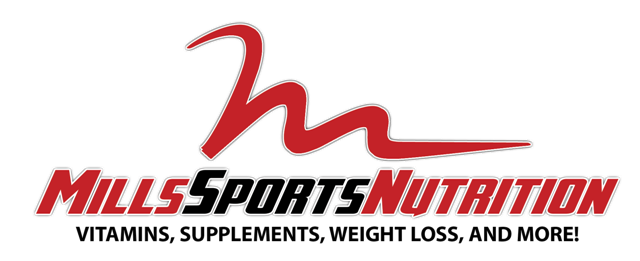Being able to use thermogenesis through diet to your advantage is not hard to achieve! Everyone's fat loss diet is different but for the most part the breakdown of the macronutrients will be something around 50% Carbohydrates, 30-35% Protein, and 15-20% Fat per day. (Generally speaking your protein intake would be around 20% with either raising your Carbs up about 5%. But more often than less you take calories away from fat and add to protein) Increasing your protein at the 30-35% mark will bring you anywhere from 1.5-2.5g of protein per body weight (normally, the rule of thumb is to be a 1g of protein per body weight).
Now that you have the macro's broken down, you need to be able to split up the protein accordingly throughout the day. The most important meal of the day for a fat loss diet is BREAKFAST!!! (breakfast is the most important for any goal really, but thats for another post) Breakfast is going to be used to jumpstart the "engine that burns inside" (metabolism) which sets the tone for your thermogenesis throughout the day! You are going to want to have about 25% of your daily protein during this meal!! Also, we cannot neglect the other macros fats (natural almond butter, fats from eggs (not too many), olive oil, coconut oil, along with many others you can look up on google), complex carbs (oatmeal, ezekiel toast, whole wheat toast), and last but not least SIMPLE CARBS (fruits, jams, and jelly).
What we achieved in this post is to properly help you start your breakfast for individuals looking to lose weight. Take these EASY and SIMPLE rules and see the change in your appetite, metabolism, and your appearance. Obviously you need to be consistent with this concept and eat a clean for the other 4-5 meals. But this is a great way to start!
As always, please comment if you have any questions!!!
